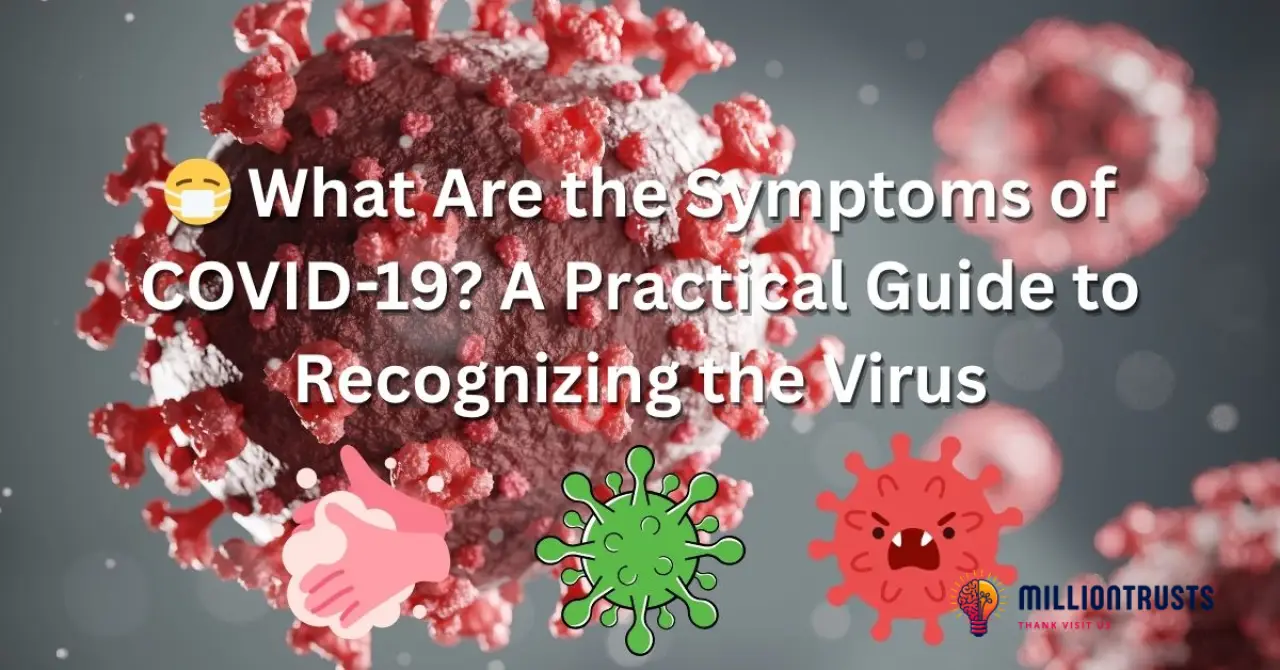What Are the Symptoms of COVID-19? A Practical Guide to Recognizing the Virus
Published: July 24, 2025 | By Jame

Since the coronavirus pandemic first began, COVID-19 has shown that it doesn’t always play by the rules. Its symptoms can be sneaky, mild, or even mistaken for a common cold or flu. But being able to recognize the warning signs is still one of the most important tools in fighting the spread.
Whether you're trying to protect your family, coworkers, or yourself, this guide will help you understand the full spectrum of COVID-19 symptoms—including the lesser-known ones.
🩺 Core Symptoms of COVID-19 (Most Common)
These symptoms typically appear 2 to 14 days after exposure to the virus. They're the most frequently reported and tend to last for several days:
- Fever or chills
- Cough (usually dry)
- Shortness of breath or difficulty breathing
- Fatigue
- Muscle or body aches
- Headache
- Loss of taste or smell (unique and often early sign)
- Sore throat
- Congestion or runny nose
- Nausea or vomiting
- Diarrhea
🧠 Unusual or Less Common Symptoms
COVID-19 doesn’t affect everyone the same way. Some people may experience unusual signs like:
- Brain fog or trouble concentrating
- Dizziness or lightheadedness
- Skin rashes or discoloration of toes (“COVID toes”)
- Eye redness or irritation
- Rapid heartbeat or chest discomfort
👶 COVID-19 Symptoms in Children
Children may have milder symptoms or none at all, but when they do appear, they often include:
- Runny nose
- Fever
- Sore throat
- Stomach upset
Less commonly, Multisystem Inflammatory Syndrome in Children (MIS-C) can occur, which is serious and requires immediate medical attention.
⏱️ Timeline: When Do Symptoms Start?
Most people develop symptoms between Day 2 and Day 7 after exposure, though incubation can last up to 14 days.